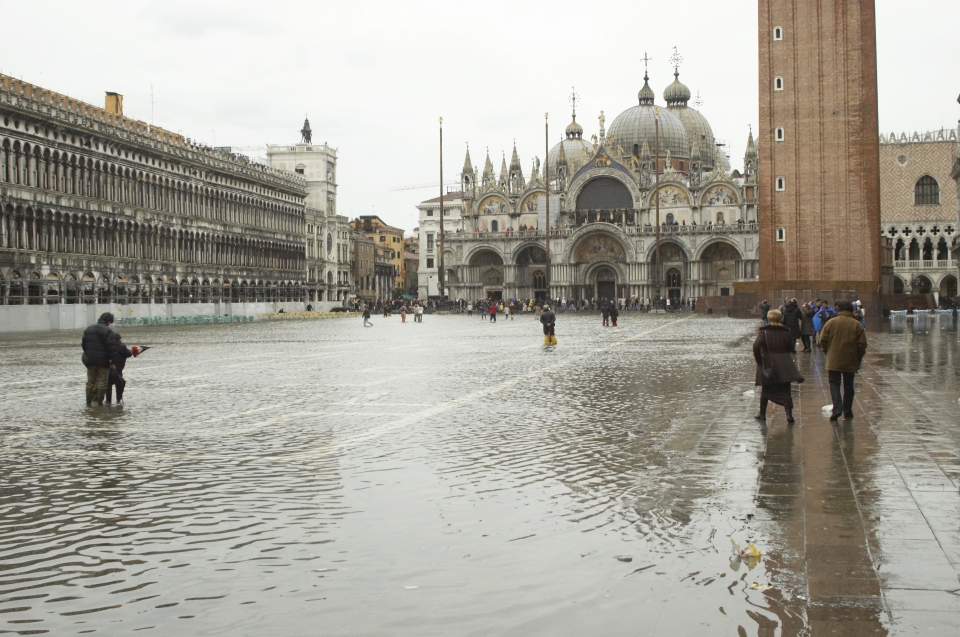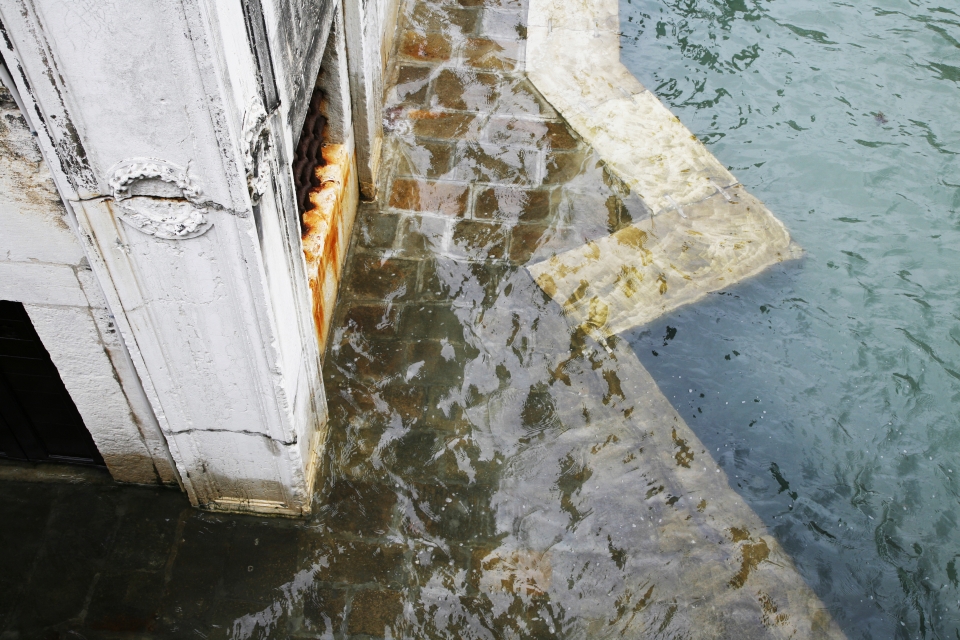
What is acqua alta and how to avoid being surprised by the high tide in Venice
Laying on a multitude of small islands in the middle of a lagoon, Venice is subject to periodic floodings called acqua alta (high water). The acqua alta is caused by the interplay of various causes: high tide, astronomical conincidence (caused by the Moon and other planets) and meteorological events (wind coming from South, rain, low barometric pressure).
Though the phenomenon has always affected Venice, the acqua alta frequency has been steadily increasing over the last decades. Tides higher than 110 cm used to occur about once per year until the 1950s, then increased to around 3 times per year during the period 1960-1980, to reach 5 times per year in the 2000s.
Gallery
Of course not all Venice goes under water with the acqua alta. It depends on the intensity of the event and on the altitude above sea level of the ground of the various areas of the city. Saint Mark's Square, one of the most popular spots of Venice, often goes under water with high tide. High tides happen generally from autumn to early spring. The acqua alta lasts generally for 3-4 hours, it then decreases to normal levels.
The city has a forecast and alerting system to advise residents and visitors about the arrival of high tide levels. When you are in Venice you will hear the alarm horns advising the population of tide levels above normal. They may sound a bit scary when you hear them if you don't know what they are for! At the City of Venice website you can find real time information and forecast about the tide.
The Comune di Venezia (Municipality of Venice) in cooperation with the University of Padua, have also developed a very useful i-phone and android app to receive the tide updates on mobile phones (more information here). Make sure to download it if you are going to Venice !



